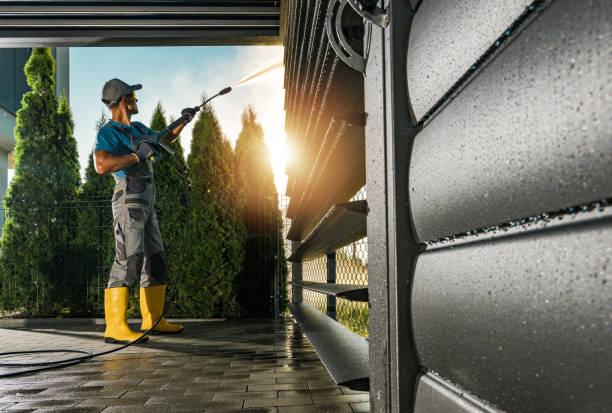The process of modernizing old buildings can be a daunting task, particularly when it comes to updating antiquated heating, ventilation, and air conditioning (HVAC) systems. However, HVAC contractors are rising to the challenge by leveraging smart equipment retrofits. These professionals can breathe new life into aging structures by integrating cutting-edge technology that enhances comfort, energy efficiency and sustainability.
One of the primary ways HVAC contractors modernize old buildings is through the installation of advanced control systems. Traditional HVAC systems typically operate on simple on/off commands with little room for customization or optimization. In contrast, modern control systems allow for precise temperature regulation based on real-time data and occupancy patterns. These intelligent controls can automatically adjust settings in response to changes in outdoor weather conditions or indoor occupancy levels – reducing energy usage while maintaining optimal indoor comfort.
Another significant aspect of smart equipment retrofits involves upgrading outdated components with high-efficiency replacements. For instance, replacing an old furnace with a high-efficiency model can drastically reduce energy consumption and operating costs over time. Similarly, installing variable-speed air handlers and compressors can further optimize system performance by adjusting output to match demand accurately.
Furthermore, HVAC contractors often incorporate energy recovery ventilators (ERVs) into their retrofit strategies for read more older buildings. ERVs work by capturing waste heat from exhaust air streams and using it to pre-heat incoming fresh air – significantly reducing the load on heating systems during colder months.
Smart thermostats also play a crucial role in modernizing old buildings’ HVAC systems. They offer remote access capabilities allowing property owners or managers to monitor and adjust temperatures from anywhere via smartphone apps – providing unprecedented levels of convenience and control over building environments.
To ensure these smart retrofits are effective as possible; many HVAC contractors utilize building automation systems (BAS). A BAS integrates all building functions – including lighting, security, fire safety as well as HVAC operations – into one centralized platform that provides comprehensive oversight over entire facilities.
Lastly, predictive maintenance tools are becoming increasingly common in HVAC retrofits. These tools use artificial intelligence and machine learning algorithms to predict potential system failures before they occur – enabling proactive repairs that can prevent costly downtime.
In conclusion, HVAC contractors are revolutionizing the way old buildings are modernized by deploying smart equipment retrofits. Through advanced control systems, high-efficiency component upgrades, energy recovery ventilators, smart thermostats and predictive maintenance tools; these professionals are ensuring older buildings can enjoy the same levels of comfort, efficiency and convenience as their newer counterparts. This not only breathes new life into aging structures but also contributes significantly towards broader efforts to promote sustainability and energy conservation.




